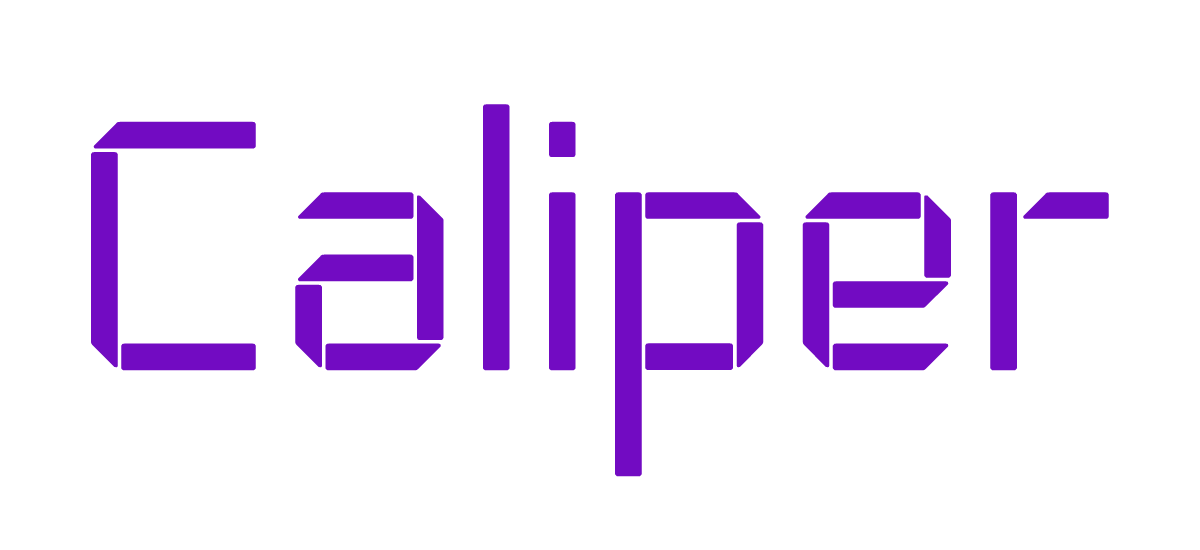Why we’re still at the early stages of managing our cloud usage
Why we’re still at the early stages of managing our cloud usage:
As the former CFO of proptech leader, Ten-X and House of Design Robotics, I’ve had significant exposure to cloud-related costs. Outside of headcount costs, it was the second largest line-item on our P&L. And it was often a moving target. We would look at analytical data of cloud cost and usage, but always in the rearview mirror.
Aside from cloud costs having a large impact on the bottomline, the ability to precisely understand the complexities and where the spend is actually being deployed in real time was next to impossible. In particular, usage-based invoicing practices can cause even more barriers to manage the issue and being able to decipher them is extremely time consuming. Even though providers claim to give line-by-line visibility in their billing practices for cloud usage, the charges can be extremely complex, confusing to understand and difficult to optimize.
By way of example, in 2023 the pre-IPO company Instacart realized a year-over-year increase of more than 80% in its Snowflake costs compared to revenue, which grew just under 40% over that same time period.
Additionally, several recent articles reference the high cost of training a generative AI model, often a multi-million dollar cost.
Why CFO’s should be front in center and the complexities to unpack the data:
The CFO of any organization spending significant dollars on cloud usage spend needs to have a seat at the decision table. Historically, the office of the CTO has managed analysis of the cloud spend budget, as many financial professionals know. To their credit, technology professionals are typically laser-focused on output without the same holistic view for the bottom-line as the office of the CFO. The C-Suite needs to be in sync.
Looking forward to solving the problem, this task can seem daunting and is not one that can be quickly solved through a simple spreadsheet or dashboard time and spend analysis.
Having a tool to assist with dissecting the data with precision to make sure you’re optimizing your spend is imperative to helping you allocate resources in the most efficient way and optimize performance, reliability and cost for cloud usage and spend.
The task is even more complicated when you factor in larger M&A integrations, smaller and less sophisticated tuck-in acquisitions, and differently-focused business lines or product and service offerings.
What CFO has the ability and time to wade through this all without dedicating an initiative or team to the effort? No CFO wants to spend a lot of money looking for where they’re spending a lot of money. Still, developers, engineers and managers in DevOps and FinOps have increasingly more autonomy to make essential decisions around cloud spend, which can quickly lead to budget overruns without the proper oversight.
Why Caliper?
There are a few options and tools available to assist with this issue. And cloud providers have zero incentive to help give more visibility. It’s difficult to choose a cloud analytics provider given all the different features, performances and pricing.
In developing the Caliper platform, we came at it through a different lens by prioritizing speed, ease-of-use and cost analysis. By taking this approach, we allow users in all levels of organizations, from DevOps to FinOps to the C-Suite, to make real-time business decisions with the opportunity to drive higher profitability immediately.
Further, with our technology, we can drill down precisely to the lowest level and quickly identify areas of wasteful spending by individuals, departments and professionals simply by focusing on anomaly detection. Caliper is cloud cost management.
When we first launched, we started using the Caliper platform on our own cloud environment. Our cloud spend—like so many other technology companies—is our largest expense outside of salaries. In the first couple of weeks we were building our cloud usage and spend analysis product, we applied Caliper on Caliper and quickly identified our first issue. During the process of setting up our AWS cloud environment, we created VPC endpoints which ran 24/7 but transmitted very little data (in some cases, none!). This is a common example of a configuration all cloud customers face when deploying in the cloud that without visibility may not be identified. We fixed our network configuration, optimized usage by turning off the extra endpoints, and saw an immediate reduction in usage and spend of more than 60% in our AWS spend the next day. This showed me as the CFO how powerful our product can be to help customers identify potential savings in cloud usage and cost. I share this example because, although we are a small technology company, the Caliper platform can have a big benefit on companies of all sizes.
Here are the benefits of scheduling a free demo of Caliper:
We understand the pace at which your cloud needs change and believe that our collaborative solution is an extremely nimble, dynamic, user friendly and collaborative experience. We can show you the advantages of Caliper’s speed and precision for your business within twenty minutes.
The experience applies top to bottom across your organization and is a necessary tool from the C-Suite to FP&A to the FinOps team and the DevOps team. We create a common language of data so you can optimize performance and spend.
We at Caliper look forward to partnering with you and your business to help drive better business decisions.
We invite you to come try Caliper and schedule a free demo at www.millworks.ai/caliper.
— Daniel Duryea, CFO and Co-Founder at Millworks Analytics

